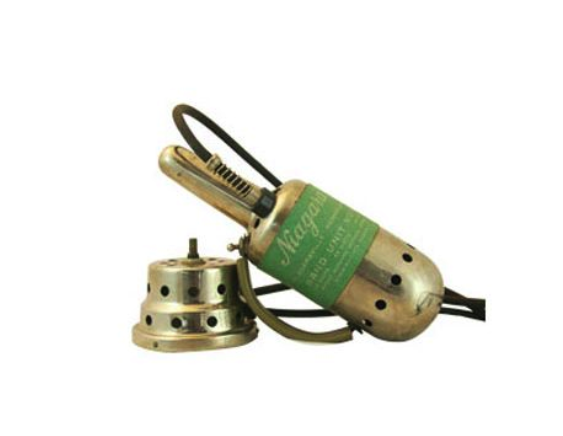The Science and History of Vibrators: From Ritual Objects to High-Tech Pleasure
Let’s be real: when you hear "vibrator," your brain probably jumps straight to the bedroom. But these buzzing little wonders have a long, weird, and wildly underrated backstory—one that starts in ancient temples and ends in your smartphone-connected toy drawer.
Ancient vibes: not just about pleasure
The first “vibrators” weren’t battery-powered — they were carved stone or wood tools, used by ancient Greeks, Chinese, and Japanese cultures. In Greece, they were called olisbos — phallic-shaped objects that weren’t just for fun, but for rituals, fertility, and sometimes medical uses.
In other words, humans have been figuring out their own bodies for thousands of years — long before Instagram or OnlyFans.
The Victorian “cure” that made doctors tired
Fast forward to 19th-century England. Women were frequently diagnosed with “hysteria” — a made-up condition blamed on sexual frustration. The "cure"? Pelvic massages, usually by doctors, meant to induce what they called “hysterical paroxysm” (yeah, that means orgasm).
To save their hands (and time), inventors came up with the first electromechanical vibrators — heavy, clunky machines originally sold as medical devices. Fun fact: they hit the market before the vacuum cleaner.
From taboo to tech
The sexual revolution of the ‘60s changed everything. Feminist movements embraced vibrators as tools of self-discovery, freedom, and empowerment. Suddenly, they were less of a joke and more of a statement.
Designers began to ditch the creepy medical look for sleek, user-friendly designs, and companies realized that pleasure could be profitable.
2020s: where science meets...buzz
Today, vibrators are Bluetooth-enabled, app-controlled, and customizable to your rhythm. Whether you're solo or partnered, male or female or non-binary — there’s a toy engineered for you.
But here’s the science-y bit: orgasms aren’t just fun, they’re linked to stress relief, pain reduction, improved sleep, and even immune boosts. Vibrators have moved from the back drawer to the wellness aisle — and it’s about time.
